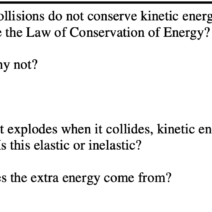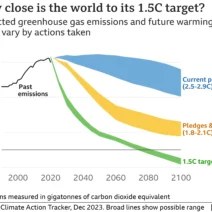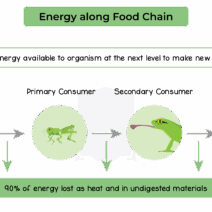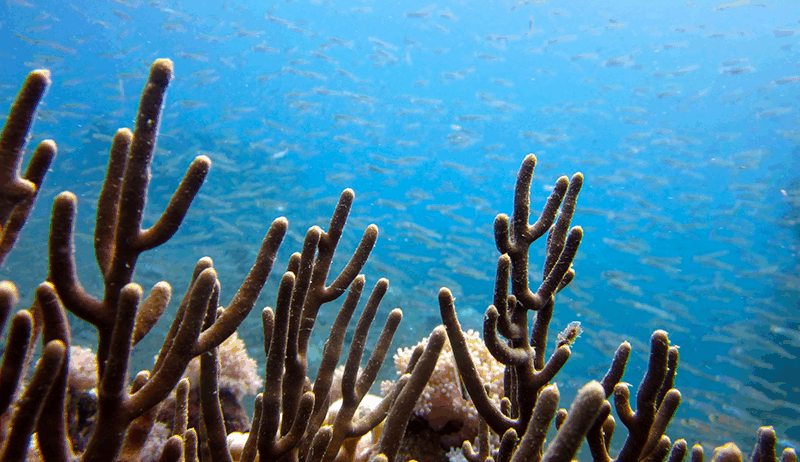Coral reefs, often referred to as the “rainforests of the sea,” showcase an extraordinary array of biodiversity. They not only provide a habitat for countless marine species but also protect coastlines and support fisheries that millions of people depend on. Yet, these vibrant ecosystems are increasingly under siege from the formidable force of global warming. The question looms: Can coral reefs survive the heat? The implications of their survival are profound, transcending ecological boundaries and impacting human communities around the globe.
The phenomenon of global warming is fundamentally altering oceanic temperatures. With a calculated average rise of approximately 1.2 degrees Celsius since the pre-industrial era, the ramifications of this temperature change are evident. Coral reefs are particularly sensitive to thermal changes, as they thrive within a narrow temperature range, typically between 23 and 29 degrees Celsius. When water temperatures exceed these thresholds, corals expel the symbiotic algae, known as zooxanthellae, from their tissues. This process, known as coral bleaching, diminishes the vibrant colors of reefs, leaving them stark white and vulnerable.
The primary challenge in addressing the survival of coral reefs lies in understanding the complex interplay between temperature and reef health. Coral polyps, the minute organisms that form coral structures, rely on these algae for food through photosynthesis. When stressors such as elevated water temperatures occur, the delicate symbiotic relationship breaks down, leading to a cascade of detrimental effects. Bleached corals can survive a short period in this condition, but prolonged exposure to stress often results in mortality. In the face of escalating heat, the resilience of coral reefs is being severely tested.
An intriguing aspect of coral resilience is the existence of certain “super” corals—species that exhibit an enhanced ability to withstand extreme temperatures. Research has identified corals that can endure higher thermal thresholds, which offers a glimmer of hope in the fight against climate change. These hardy varieties display physiological adaptations that allow them to maintain their symbiotic relationships even in warmer seas. The potential for these super corals to repopulate and help in the restoration of damaged reefs is significant, yet the existential threat of climate change looms large over this possibility.
Furthermore, human intervention plays a pivotal role in bolstering the survival of coral reefs. Efforts to mitigate climate impacts through aggressive reductions in greenhouse gas emissions are imperative. Addressing global coal, oil, and gas dependency is essential for curbing further temperature increases. Additionally, establishing marine protected areas can alleviate some of the anthropogenic pressures on coral ecosystems. By limiting activities such as overfishing and coastal development, these protected areas allow coral reefs to recover in a more stable environment.
While reducing emissions and protecting marine areas are crucial, innovative approaches to restoration can also make a significant difference. Scientists are exploring coral gardening techniques, where fragments of resilient corals are cultivated and later reintroduced to damaged reefs. This practice not only aids in restoring biodiversity but also enhances the genetic diversity of coral populations, giving them a better chance to adapt to changing conditions. The intersection of science and nature offers promising avenues as researchers look to create hybrid corals capable of thriving in warmer water.
Beyond restoration efforts, understanding the socio-economic consequences of coral reef degradation is essential. The loss of coral ecosystems impacts marine biodiversity, fisheries, and tourism, disproportionately affecting coastal communities that rely on them for their livelihoods. The stark realization that coral reef health is intrinsically linked to human well-being cannot be overstated. As temperatures rise, the resultant decline in fish populations and tourism-based economies could push vulnerable populations into economic hardship.
Education and advocacy further underscore the urgency of addressing climate change’s impact on coral reefs. Public awareness campaigns can galvanize community support for measures aimed at protecting these fragile ecosystems. By fostering an understanding of the ecological significance of coral reefs, individuals and organizations can mobilize efforts to advocate for stronger policies and practices that aim to combat climate change. Engaging communities—particularly those that are dependent on coral reef ecosystems—is paramount for creating lasting change.
In addition to grassroots efforts, international collaboration is necessary to tackle the global dimensions of climate change. Countries must come together to establish stringent policies and regulations that curb emissions and promote sustainable practices. Initiatives such as the Paris Agreement represent hopeful strides toward collective action, yet they require robust enforcement and unwavering commitment from all nations involved.
As we stare into the depths of this crisis, the question remains: Can coral reefs survive the heat? The answer is not straightforward. The survival of coral reefs hinges on a cocktail of factors—scientific advancements, global policy reform, community engagement, and perhaps most critically, a shift in our collective consciousness regarding the environment. By embracing sustainable practices and advocating for ecological preservation, humanity possesses the means to effectuate a positive trajectory for these magnificent underwater worlds. The call to action is clear, and the time to respond is now. The fate of coral reefs—and the myriad species and human lives that depend on them—hangs in the balance. Taking decisive steps today may ensure that future generations can witness the breathtaking beauty and ecological richness of coral reefs that we cherish so deeply.






